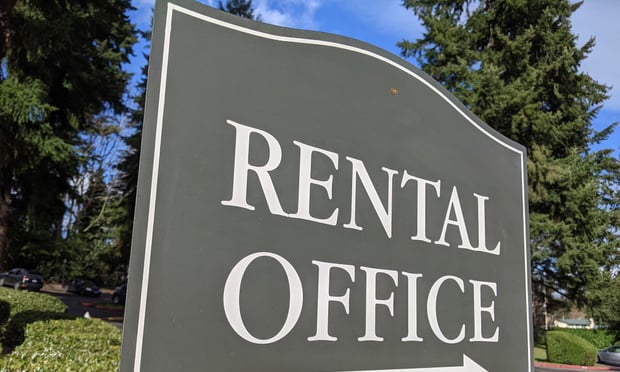
CALABASAS, CA—In keeping with norms established over the past several quarters, a West Coast market leads the way in forward-looking indicators for multifamily investment. The winner in the latest National Multifamily Index from Marcus & Millichap and its Institutional Property Advisors division is Seattle-Tacoma, on the strength of its robust tech employment and soaring home prices that continue to boost rental demand.
Not surprisingly, the West Coast dominates the top 10 in the latest NMI, with California cities and Portland, OR joining Seattle there. Only third-ranked Minneapolis-St. Paul, with its steady job growth and robust renter demand, represents the Midwest in the top 10, while Boston and New York City come into the rankings at #s 6 and 7, respectively.
Yet the latest NMI also illustrates two overarching trends, one of which is the amount of movement in the rankings. At #8, Sacramento (#8) posted the largest increase in the index, ascending 12 slots due to its robust rent growth and low vacancy rates. Other markets to post big gains were Orlando (#17) and Detroit (#28), each of which leaped 10 places, on the strength of employment gains and in-migration in the case of Orlando and a slow construction pipeline in Detroit.
Some markets posted significant declines even as others rose. Austin fell nine slots to #31 due to elevated deliveries that overwhelmed demand and slowed rent growth. Nashville (#35) and Baltimore (#45) each moved down six steps as demand has yet to absorb multiple years of elevated inventory gains. Although last-place Kansas City retains the bottom slot of the 46 markets ranked by the NMI, the index shows other Midwest markets showing greater change in the lower half of the NMI.
Another significant trend in the latest NMI is the outperformance of secondary markets over better-known metro areas in their region. The Inland Empire came in at #8, beating out Orange County at #18. Similarly, Orlando came in ahead of all other Florida markets, including Miami, in the NMI, while Raleigh (#17) came in ahead of the four Texas markets.
“Strong employment growth and tight vacancy stand out in these secondary markets and placed them higher in the Index,” according to the IPA 2018 Multifamily US Investment Forecast. “In addition, these slightly smaller markets have nimbler economies that have been able to adjust faster in the tightening employment environment and have maintained household growth despite housing conditions. Other notable standout markets included Phoenix (#12), which has an expanding economy that continues to attract a high percentage of new households with a high propensity to rent, and Denver (#13), which persists in producing rent growth well above the national average.”
The NMI ranks 46 major apartment markets on a collection of 12-month, forward-looking economic indicators and supply-and-demand variables. The index ranks markets based on their cumulative weighted-average scores for various indicators, including projected job growth, vacancy, construction, housing affordability and rents.
Weighing both the forecasts and incremental change over the next year, the NMI is designed to show relative supply-and-demand conditions for multifamily at the market level. However, Marcus & Millichap cautions that the index is not designed to predict the performance of individual investments, since a well-chosen property in a lower-ranked market can outperform a bad choice in a top-ranked one.
Want to continue reading?
Become a Free ALM Digital Reader.
Once you are an ALM Digital Member, you’ll receive:
- Breaking commercial real estate news and analysis, on-site and via our newsletters and custom alerts
- Educational webcasts, white papers, and ebooks from industry thought leaders
- Critical coverage of the property casualty insurance and financial advisory markets on our other ALM sites, PropertyCasualty360 and ThinkAdvisor
Already have an account? Sign In Now
*May exclude premium content© 2025 ALM Global, LLC, All Rights Reserved. Request academic re-use from www.copyright.com. All other uses, submit a request to [email protected]. For more information visit Asset & Logo Licensing.








